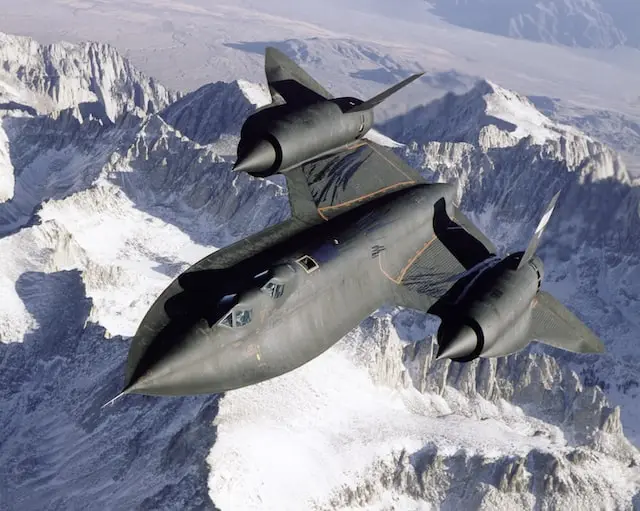Military aircraft in focus: military flight tracker as an essential tool in surveillance
The history of flight radar in the military
Military flight trackers are closely linked to the history of fierce conflicts. Since World War II, it has been used repeatedly to determine aircraft’s position and make them visible on the radar image. It is an essential tool in monitoring and controlling friendly and enemy airspace.
Determining the position of combat aircraft is one of the most critical tasks of a military flight tracker. Monitoring own airspace has become an essential requirement for effective national defence. It allows enemy military aircraft to be detected and shot down early. Today, it is also used for civilian purposes to manage traffic and ensure the safety of air travellers.
Are all military aircraft displayed on the flight radar?
There are many ways to prevent military aircraft from appearing on the radar. To hide a fighter jet from a military flight tracker, it must be camouflaged as much as possible. To do this, they are painted with camouflage paints that change their colour and texture. The shape of the aircraft is also adjusted so that it is no longer easily detected on flight radar military.
Camouflage paints on military aircraft
To hide military aircraft from radar, camouflage paints are also used. This involves covering the plane with a particular film or paint that changes its colour and texture. This makes it harder for radar to detect.
Stealth technology for military aircraft
Stealth technology is a widely used means of concealing military aircraft from radar. It involves covering the plane with a particular film or paint that changes its colour and texture. This makes it harder for radar to detect.

Lockheed SR-71 – Photo by NASA on Unsplash
Current conflicts and the use of military air traffic control
German researchers Hans Hollmann and Werner Heisenberg developed the first flight radar during World War II. It was used primarily for surveillance of Allied air forces. After the war, flight radar was further developed and used by the U.S. military to monitor Soviet air forces in the 1950s.
For monitoring military air movements, airborne radar is an essential tool. It was first used during World War II and has been steadily developed. In recent years, flight radar has been used in conflicts such as the China-Taiwan and Ukraine wars.
Tracking military aircraft with flight radar live on Flightradar24 is very interesting due to the current situation, especially in Romania and Poland. Likewise, military flights of the German Armed Forces over Germany are easily visible. Zoom in or out on the flight tracking map above to see which military aircraft are flying over Europe and elsewhere.
On February 24, 2022, when Russia attacked Ukrania, it also affected the airspace of Ukrania and its neighbouring countries.
https://t.co/PF1RNuerVj
— Flightradar.live (@FlightradarL) February 24, 2022
Airspace over and around Ukraine at 13:14 UTC time#UkraineRussie #UkraineConflict #Ukrayna #UkraineRussia #UkraineKonflikt #Ukrainekrise #Ukraine pic.twitter.com/sD2Cm2mH65
Another event caused much attention in August 2022. According to the Taiwan visit of Nancy Pelosi, the Chinese Air Force sent Su-35 fighter jets in connection with the Taiwan Strait, according to the web portal Yuyuan Tantian.
According to Flightradar24, the plane allegedly flying Nancy Pelosi is about to land. The Chinese Air Force sent Su-35 fighter jets to the Taiwan Strait, according to the Yuyuan Tantian portal. pic.twitter.com/SKQWcxbCEV
— NEXTA (@nexta_tv) August 2, 2022
How are military aircraft movements identified today?
Fighter jets and army helicopters can be found on the flight radar map by clicking on the aircraft icons. In addition, flight numbers and call signs such as HAWK, MC, USAF, STONE, METAL, LION, BAF, RRR, LK01/02 or PITT can be used to identify them. But beware. Most military aircraft do not appear on flight tracking sites for secrecy reasons. Even if they are on innocuous missions, they are not visible on public air radar maps.
What does the future hold for military flight tracking?
In the 21st century, military air surveillance will continue to play an essential role in the world’s conflicts. As technology advances, how flight radar can be used is becoming more diverse and robust. This will allow smaller and faster aircraft to be monitored in the future. Therefore, flight radar will continue to be an essential tool for military reconnaissance.